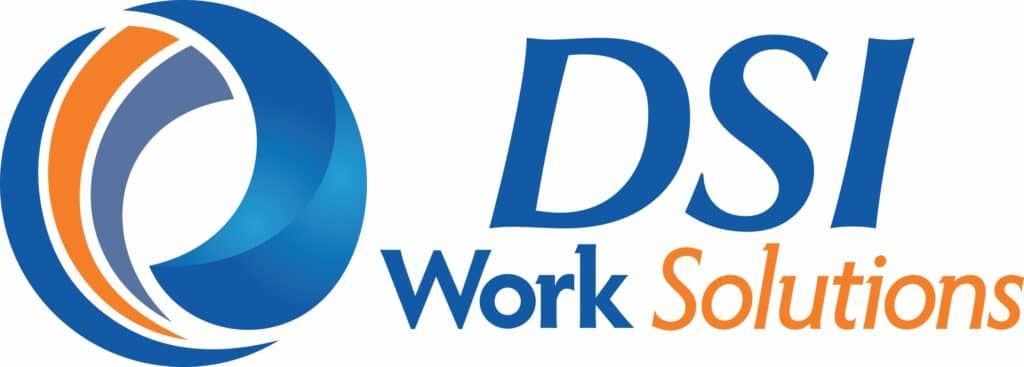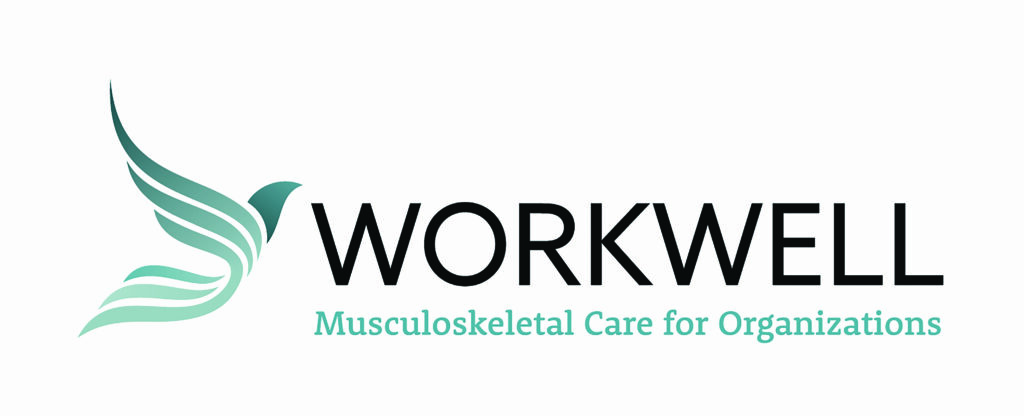As the country is opening up and companies begin hiring again, there is an increased need for evaluations of new employees and backlogged workers’ compensation cases.
By Virginia Halling, PT
This article will review the common elements of work injury management and prevention, and suggest areas in which to consider service expansion in order to help employers and employees maximize productivity and reduce injury within the context of working during the COVID-19 pandemic.
Effects of Accelerated Reopening
It is an appropriate time in history, indeed world history, to evaluate where we are professionally in workplace injury management and where the employers in our communities are in this amazing situation we all find ourselves in due to COVID-19. Layered on top of all of the “normal” patient care and employer services we provide, we are dealing with the impact of an economy re-engaging at a faster rate than expected or perhaps even reasonable to keep up with. Part of that is a backlog of workers’ compensation cases to be managed. Many employers are working short-handed as they attempt to increase their workforces to meet demand, all while workers are in short supply for a myriad of reasons. That means long hours and increased stress on those workers who have remained on the job or recently re-entered the workforce, many of whom are in jobs that are new to them.
Many rehab professionals I have communicated with recently who work on-site in industry are noting an uptick in musculoskeletal complaints, which certainly has the potential to show up down the line in OSHA and Bureau of Labor Statistics (BLS) statistics as a significant increase in musculoskeletal injury numbers. Those of you in practices that work more closely with business and industry (ie, workers’ comp patients) may be experiencing an increase in those workers as your patients. Employers are increasingly anxious to hire anyone willing to walk in the door. Wages are certainly beginning to reflect this in numerous regions of the country.
As of this writing, the Delta variant of COVID-19 is a potential threat to our country’s robust, newly reopened economy. We are learning of other countries beginning to return to more aggressive COVID-19 containment efforts at the risk of slowing down their own economic progress, and thus the world’s. So far in the United States, the containment efforts have been limited to recommendations regarding mask usage. What comes next is yet to be discovered.
Incredible Responsibility
As long as this country continues along its current trajectory of economic recovery, rehabilitation professionals face an incredible opportunity—indeed, it could be said that we face an incredible responsibility—to be available and to assist employers and employees during this time of economic reinvigoration. Rehab professionals can make a significant positive contribution to the success of the employers and employees in the communities in which they serve, so long as they recognize the areas where assistance can be provided and make sure they have the appropriate tools, processes, and resources in place to do so.
Injury prevention services and injury management services are familiar to those who provide employer services, but this is a time when it is necessary to go beyond the routine in order to meet employer and employee needs. It is time to “think outside the box.”
[sidebar float=”left” width=”250″]Use of the Post-Offer of Employment Test During a Probationary Period
An employee takes the post-offer test as per usual. There are deficiencies. The deficiencies are addressed with training, strengthening, and conditioning activities (for example, ramping or grading work activities; exercise programs). Re-testing is done one or more times during the probationary period. The worker passes during the probationary period and is retained. If the worker were to fail the test, the worker would be dismissed.[/sidebar]
Injury Prevention Services
Post-Offer of Employment Testing
Many service providers across the country have seen an increase in demand for post-offer of employment testing services, as many employers have had to lay off or release employees during the COVID-19 shutdown and now must restore staff. A substantial turnover of employees is under way for many employers.
Today’s situation is really quite different in other ways as well. When labor markets are tight as they are today, employers need “bodies” and are known to loosen up qualifications in order to restore numbers so they can produce goods and/or deliver services. Post-offer testing has been refined over several decades to ensure that employers can legally rescind offers of hire if an individual is not a good fit for a physically demanding job. It has made a significant impact for many employers in terms of employee retention and reduction in musculoskeletal injury. However, this is a different day and a different opportunity for the use of post-offer of employment testing.
Employers can take advantage of the post-offer of employment test as a tool to ensure the fit of workers they have hired and placed-—during the probationary period that employers are allowed. Probationary periods allow employers to dismiss employees that are not a good fit during a specified time period, commonly 30 to 90 days. However, employers must ensure that an employee’s statutory rights are maintained, and that includes not discriminating against employees. Therefore, all of the tenets that must be present for post-offer testing remain critical for its legal use during the probationary period.
Since it could be argued that the majority of employees are limited more by strength and conditioning issues than by disability issues, the majority of those hired are likely to be able to meet the physical demands criteria of a job so long as there is adequate time in the probationary period (at least 60 days, ideally).
Work Conditioning on the Job
With or without the formality of post-offer testing, the information gathered in a physical demands analysis can be used to help employers incorporate the principles of conditioning for the job into their training and their skill set check-off protocols. Although this approach is less individualized than using post-offer testing, given that most employees who quit or are injured in the early weeks of employment were more likely to be deconditioned than disabled, there should still be a noticeable impact on work-related injuries and employee retention. The more specific the physical demands of a job are, the more likely the conditioning approach is to be effective. Therefore, a job analysis to catalogue the physical demands is a critical component of this approach.
Injury Management Services
Functional Capacity Evaluations
The percentage of workers displaced from their jobs as a result of a work-related injury appears to have increased substantially with the overlaying influence of COVID-19. Physicians and case managers appear to be increasingly ordering Functional Capacity Evaluations (FCEs) to resolve the question of a patient’s work ability in many regions. A higher number of these patients no longer have their own job as a possible outcome. This is an important time to make sure that FCE reports reflect the worker’s ability and encourage their cooperation in terms of giving their best safe effort to determine their overall work ability.
The country needs “all hands on deck,” so the intention of these FCE services needs to be focused on achieving the cataloguing of safe work ability vs whether they are “genuine.” So long as the physical or occupational therapist brings the same approach to the FCE client as they do to any patient they care for, this can be accomplished at a higher percentage of reliable work level reporting. The key ingredient to that accomplishment is gaining the FCE client’s trust, similar to how the therapist must gain the trust of a patient to get them to participate fully in their plan of care.
Enhanced Therapeutic Services for Workers
When a worker’s job is at stake, it is more important than ever that therapists have adequate objective information at hand with which to formulate treatment goals that also have a clear relationship with return to work. The therapist is powerless to create such goals without the cooperation of employers. There has been no other time in recent history when this has been as important as it is today to not only the benefit of our patients, but also to the communities we serve and the economy as a whole.
Conclusion
It is up to rehabilitation professionals to incorporate the processes, tools, and staff necessary to create positive and long-standing relationships not only with our patients, but also with the employers in our community. Rehabilitation professionals need to have work injury management and work injury prevention services available. There are many resources within our profession that a practice can plug into. Rehabilitation professionals need to make sure that the employer community hears about what it has to offer, which means writing, speaking, and attending events where we can meet and greet the employer representatives that are in the trenches, such as human resources and safety professionals.
These are unprecedented times calling for extraordinary measures. If your practice hasn’t already, engage. If your practice is in the business of serving employers already, hopefully some of these “out of the box” thoughts and ideas will spur conversation with the employers you serve and help navigate these uncharted waters. The good news: Your practice can be rewarded with a new revenue stream! PTP
Virginia “Ginnie” Halling, PT, is chief executive officer of DSI Work Solutions Inc. For more information, contact [email protected].
Work Injury Management Resources
These businesses can help therapists and physical therapy clinics offer work injury management services.

Job Function Matching
Headquartered in Bowling Green, Ky, DSI Work Solutions offers licensing and training in Job Function Matching for rehab providers to use when assisting employers with injury prevention and injury management. Increase referrals to the practice and develop a cash-based revenue stream. Make a difference in the employer community. DSI strives to be known for superior provider support, and the company invites therapists to join its high-quality network of
providers.
For more information, contact DSI Work Solutions, www.dsiworksolutions.com

Functional Capacity Assessments
KEY Functional Assessments Network, Carlsbad, Calif, offers functional capacity assessment and prior-to-hire, return from medical leave (think post-COVID) and healthy worker testing. Instant, easy-to-read reports. User-friendly software. Mobile equipment. New virtual training. Proprietary KEY Method formulas provide the standardization and objectivity required for solid leal defensibility. KEY DataBack DataBank compares each assessment with more than 200,000 assessments of both healthy and injured workers. Provider support and marketing assistance. With KEY, create business opportunities and revenue streams with employers as new customers and their employees as new patients.
For more information, contact KEY Functional Assessments Network, www.keymethod.com

WorkWell Prevention & Care
WorkWell, based in Duluth, Minn, can help prepare organizations to offer on-site employer services, post-offer employment and fit for duty testing, functional job analysis, ergonomics, FCEs, Work Rehab, and more. WorkWell also offers online and in-person training and certification. An affordable monthly subscription includes free online and on-demand courses, support, and free software. The program is built upon WorkWell’s proprietary tools, research-based practices, and superior support. Join the more than 10,000 therapists that WorkWell has trained to provide musculoskeletal care for organizations.
For more information, contact WorkWell, www.workwell.com





